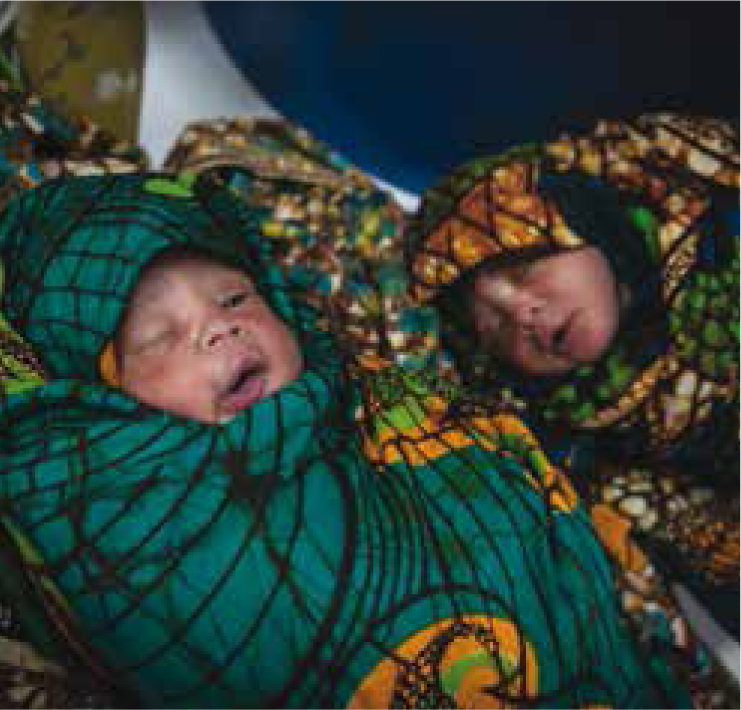Nearly 3 years after giving birth to my daughter, I'm still haunted by the memory of bleeding heavily, alone with my newborn, just 10 days later. As I waited, anxiously and in pain, for an ambulance, my mind was a jumble of thoughts from urgent to bizarre: what was happening? Was my baby OK? What would the paramedics think about the state of my living room?
Reflecting on my own trauma now, I wonder what my chances would have been in a country where the medical facilities were less well-equipped. The ambulance, safe roads, close proximity to a hospital and trained medical staff all contributed to my survival, but what I absolutely took for granted—both during the birth, and when complications occurred later—is that the hospital in which I was being treated would be clean. The doctors, nurses and midwives who treated me so well had a constant supply of clean water and soap with which to wash their hands. The equipment used at the birth and, later, during emergency surgery was sterilised and hygienic. And like all the other patients in the hospital, I had access to a clean toilet.
I am lucky. I made a full recovery and my baby girl was given the healthy start in life that has enabled her to grow into the energetic toddler she is today. But nearly 38% of health-care facilities across the world do not have access to safe, clean water; 19% do not have adequate sanitation and 35% do not have soap for handwashing (World Health Organization (WHO) and UNICEF, 2015).
This means that all too often midwives, doctors and nurses working heroically to deliver life around the globe are doing so in unhygienic conditions. New mothers and their babies face a high risk of contracting otherwise preventable diseases such as sepsis, meningitis and tetanus, and health workers themselves are put at risk.
The consequences are tragic. Every minute, a baby dies in its first month of life from an infection caused by a lack of safe water and an unclean environment, bringing untold heartbreak to countless families (UNICEF, 2014).
These deaths are entirely preventable with access to clean water, sanitation and hygiene. In 2015, 193 UN member states promised to ensure access to clean water and basic, private toilets for everyone, everywhere by 2030 (UN, 2015). We have known the links between dirty hands, dirty water and infant mortality for 150 years. Governments now must work, along with midwives, doctors and nurses, to ensure that they can deliver life in safety.
That is why, as part of WaterAid's Healthy Start campaign, in advance of Global Handwashing Day on 15 October we have launched a petition to unite health professionals across the world in calling on their governments to ensure the clean water and proper sanitation needed to deliver quality health care are put in place.

Midwives from Timbuktu to Tokyo are coming together to ask health ministers to promise that, by 2030, every health-care facility will have all the elements allowing staff to care for people and protect themselves. This means making sure that facilities have a reliable and sufficient supply of clean running water and safe toilets for patients and staff, with locks and lights, which are accessible to children and disabled people. It also means functional sinks, soap and alcohol-based hand rubs for health workers and service users in all treatment and birthing rooms, and sufficient supplies of cleaning materials to maintain a hygienic and sterile environment.
By coming together, we want to collectively lobby governments to ensure that no new health-care facilities are built without adequate, sustainable water and sanitation services, and that all cleaners, health orderlies and health-care workers are given professional training, sufficient equipment and support to practise and promote good hygiene.
Collective action achieved the enfranchisement of women in the UK, demolished the slave trade and changed attitudes to people suffering with HIV and AIDS. I cannot imagine what it is like to give birth without clean water. But what we in the UK can do together is to stand side by side with midwives and other health professionals around the world to make sure those governments that signed up to the UN Global Goals make the changes needed to ensure they become reality.

